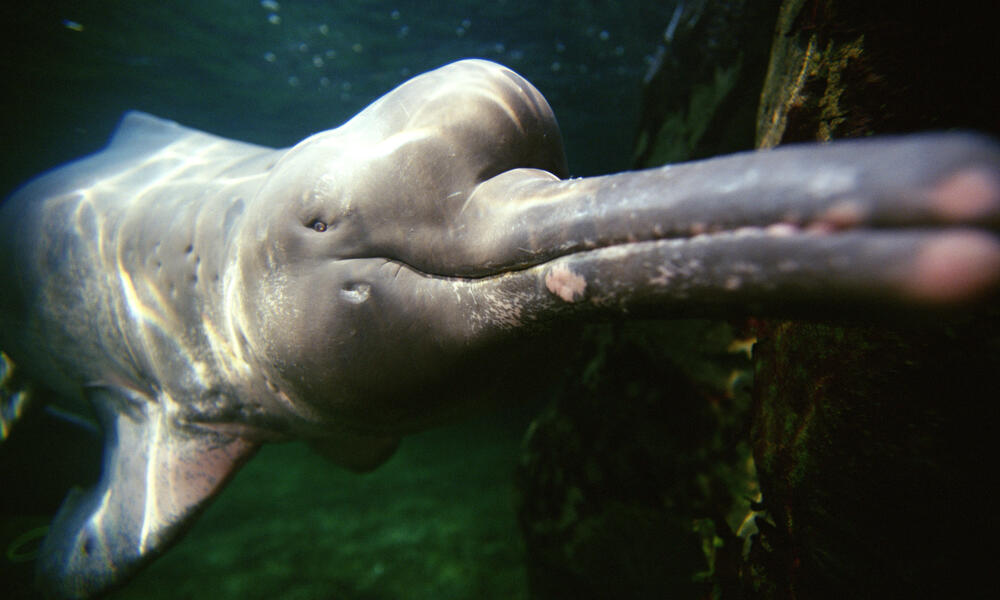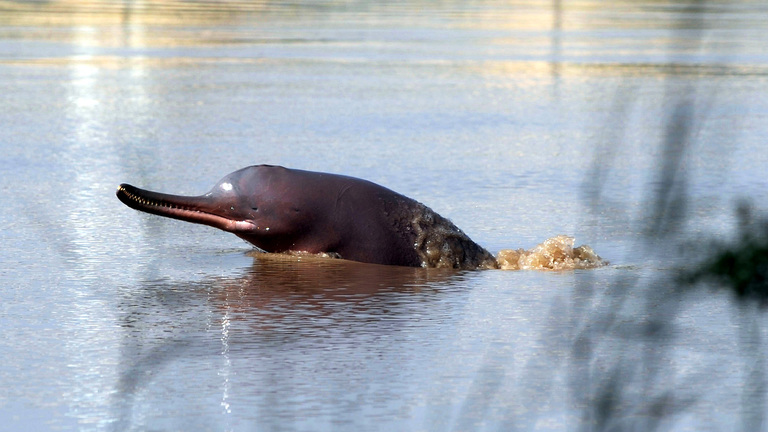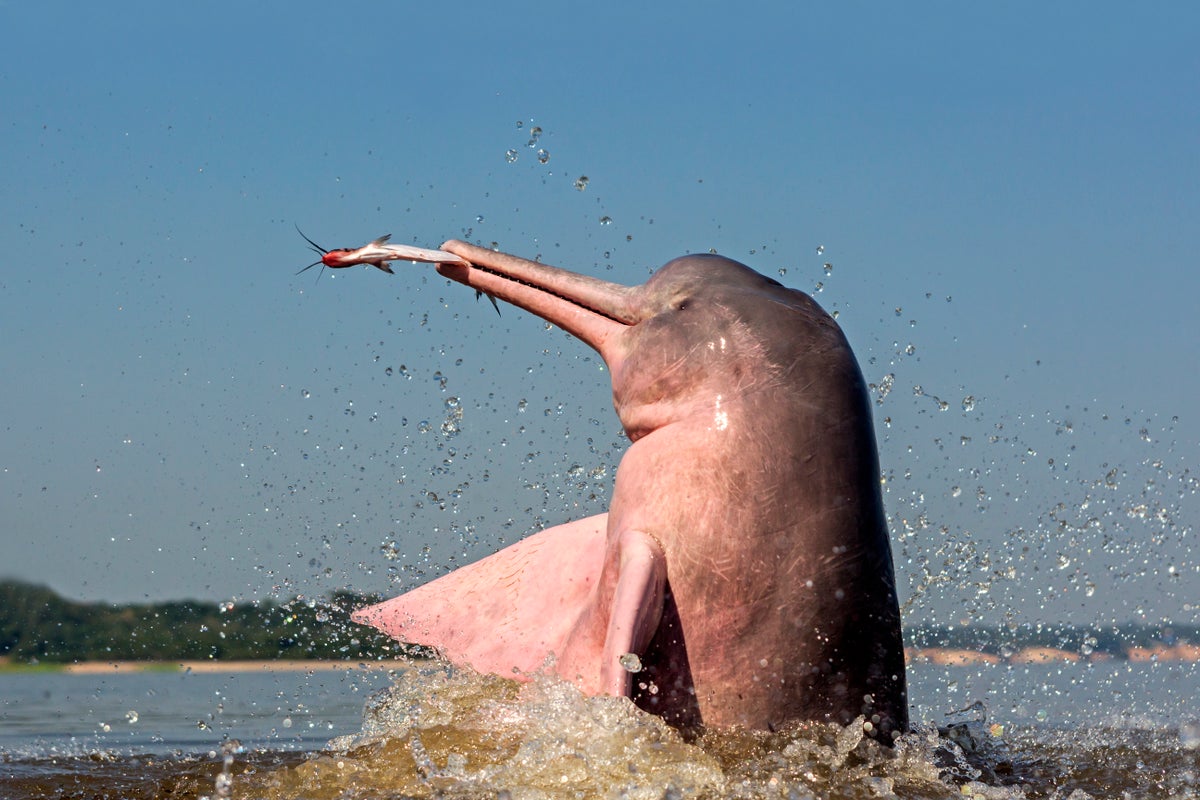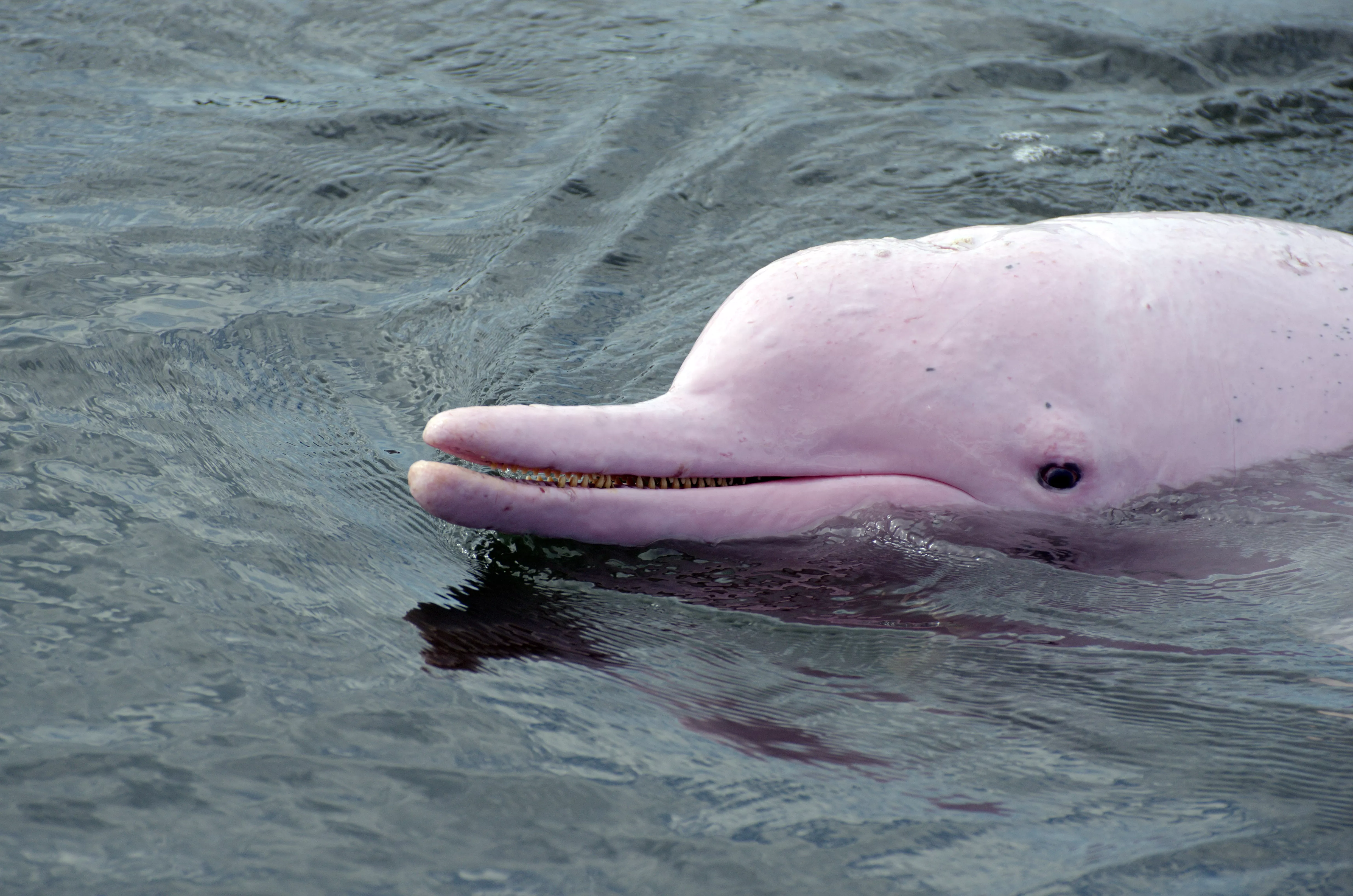Introduction: Unveiling the Mystery of Freshwater Dolphins in the Sundarbans
The Sundarbans, a UNESCO World Heritage Site, is the largest mangrove forest in the world and a treasure trove of biodiversity. Home to the famous Royal Bengal Tiger, this unique ecosystem also shelters many hidden wonders, including the elusive freshwater dolphins. But do freshwater dolphins truly live in the Sundarbans? In this article, we dive deep into the presence, habitat, and conservation of these rare aquatic mammals.

If you are planning to explore the Sundarbans, witnessing freshwater dolphins in their natural habitat can be one of the most magical parts of your journey.
Freshwater Dolphins: Who Are They?
Freshwater dolphins are a special group of dolphins adapted to live in river systems rather than oceans. In the Indian subcontinent, the two primary species found are:
- Ganges River Dolphin (Platanista gangetica gangetica)
- Irrawaddy Dolphin (Orcaella brevirostris)
Both species are endangered and are known for their incredible adaptations to murky, sediment-rich waters. Their sonar capabilities are exceptionally advanced, allowing them to navigate and hunt without relying heavily on sight.

Do Freshwater Dolphins Live in the Sundarbans?
Yes, freshwater dolphins do live in the Sundarbans. The mangrove waterways, river channels, and estuarine systems provide an ideal habitat for both the Ganges River dolphin and the Irrawaddy dolphin.
- Ganges River Dolphins are primarily found in freshwater stretches but have been observed in the tidal zones of the Sundarbans.
- Irrawaddy Dolphins are more tolerant of brackish water and are frequently spotted in the estuarine regions of the Sundarbans.
The presence of these freshwater dolphins in the Sundarbans is a strong indicator of the region’s ecological health, given that dolphins require clean and abundant fish populations to survive.

Where Can You Spot Freshwater Dolphins in the Sundarbans?
Tourists visiting the Sundarbans have the chance to witness these graceful creatures mainly in:
- The confluence areas of the rivers and sea
- The inner mangrove channels
- Near river mouths such as the Raimangal, Matla, and Bidya rivers
Organized Sundarbans boat tours often pass through these dolphin-friendly zones, increasing the chances of spotting them in their natural environment.

For a better chance of seeing freshwater dolphins, it is advisable to plan your trip during calm weather when river visibility improves.
Conservation Status of Freshwater Dolphins in the Sundarbans
Unfortunately, both species of freshwater dolphins are listed as endangered:
- Ganges River Dolphin: Listed as Endangered on the IUCN Red List
- Irrawaddy Dolphin: Classified as Vulnerable globally, with certain subpopulations critically endangered.

Threats to freshwater dolphins in the Sundarbans include:
- Habitat loss due to dam construction and water pollution
- Accidental entanglement in fishing gear
- Noise pollution from increased boat traffic
Conservation initiatives like creating protected areas and regulated tourism are crucial to ensure their survival. Organizations like the WWF and the Sundarban Biosphere Reserve Authority are actively working towards freshwater dolphin protection.

(Reference: WWF Dolphin Conservation)
Why Spotting Freshwater Dolphins is a Must-Do in the Sundarbans
Witnessing a freshwater dolphin surfacing gracefully in the Sundarbans rivers is a once-in-a-lifetime experience. Here’s why you shouldn’t miss it:
- Rare Sighting: Freshwater dolphins are highly elusive and shy.
- Ecosystem Indicator: Spotting them signifies a healthy river ecosystem.
- Photography Opportunities: Capture stunning natural shots in pristine surroundings.
- Eco-Tourism Support: Your visit helps boost responsible tourism that funds conservation.
With a knowledgeable guide and eco-friendly boat tour operators like Royal Sundarban Tourism, your chances of seeing these beautiful creatures increase significantly.

How to Experience Freshwater Dolphins Safely and Responsibly
When exploring the Sundarbans, always choose tour operators who prioritize wildlife safety. Here’s what to look for:
- Licensed and experienced guides
- Boats with noise-controlled engines
- Respectful distances from wildlife
- No feeding or disturbing dolphins
Choosing operators who are serious about conservation ensures the Sundarbans, and its unique residents like the freshwater dolphins, continue to thrive for future generations.
Plan Your Trip: Book with Royal Sundarban Tourism
Royal Sundarban Tourism offers carefully curated, eco-conscious tours that maximize your chances of witnessing freshwater dolphins in their natural habitat. Their expert local guides understand the best dolphin-spotting routes, timing, and ethical wildlife watching practices.
Also, you can Book the Sundarban Tour at Maity Tourism and Sundarban Boat Tourism — powered by Argusdna — for an unforgettable Sundarbans experience that respects both nature and tradition.

Whether you are a wildlife enthusiast, nature photographer, or an eco-traveler, your journey through the Sundarbans will be one to remember.
Conclusion: Freshwater Dolphins Await You in the Sundarbans
To answer the question, yes, freshwater dolphins do live in the Sundarbans, offering a rare glimpse into a thriving, mysterious underwater world. By choosing responsible tourism operators like Royal Sundarban Tourism, you not only witness these magical creatures but also contribute to their preservation.
Ready to see the freshwater dolphins and explore the untamed beauty of the Sundarbans?
Plan your Sundarbans adventure today with Royal Sundarban Tourism!
Visit:
Subscribe to our newsletter for latest updates on wildlife sightings, eco-tour packages, and special travel offers.

